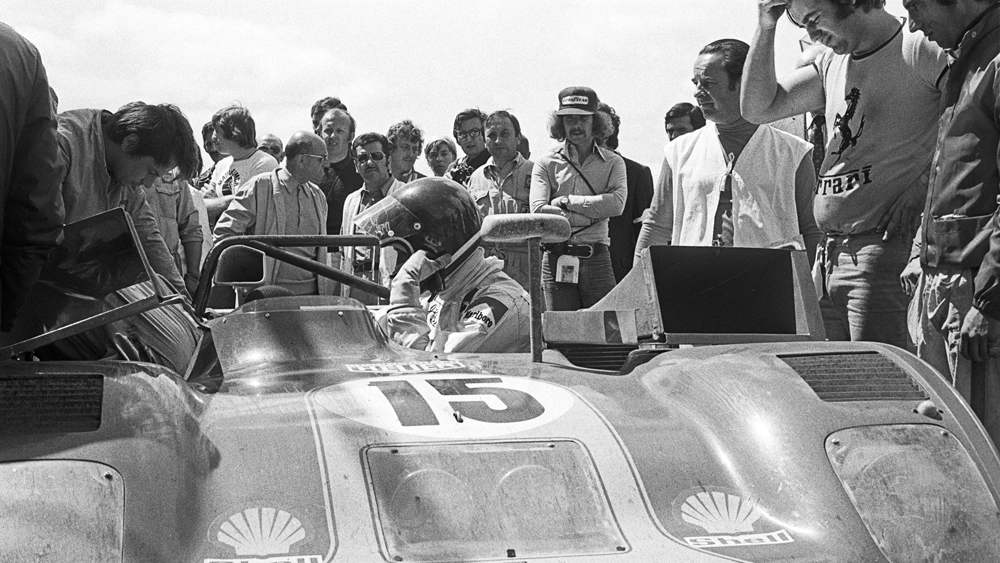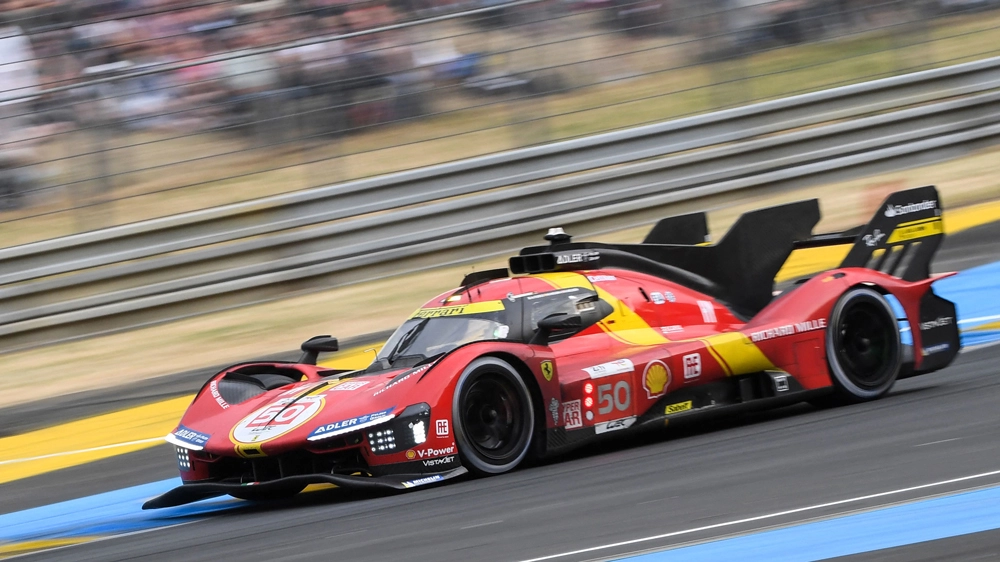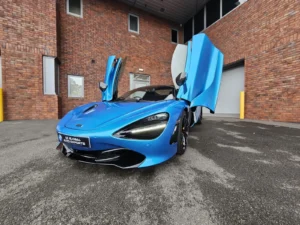Ferrari’s historic return to the 24 Hours of Le Mans coincided with its centenary celebrations, culminating in a riveting victory. Italian driver Antonio Fuoco, an embodiment of Ferrari’s Driver Academy’s brilliance, held the pole position, ready to spearhead Ferrari’s bid in the FIA World Endurance Championship’s Hypercar class at the legendary Circuit de la Sarthe.
This centenary marked Ferrari’s high-profile return to Le Mans after 50 years. Despite the pressure and anticipation, the team remained focused on the race ahead. Ferrari’s comeback represented more than just a return to former glory; it aimed to reignite a passion for racing amongst a new generation. Although their foray into Formula 1 yielded numerous accolades, the return to Le Mans underscores Ferrari’s steadfast dedication to the pinnacle of motorsport.

Antonello Coletta, the head of Ferrari’s Attività Sportive GT division, confirmed that a significant regulatory shift prompted their decision to re-enter the competition. After joining discussions about regulatory restructuring with the FIA, ACO, and IMSA a few years back, Ferrari sensed a favourable potential in the new rules and elected to join the Hypercar class.
The Hypercar category replaced the Le Mans Prototype 1 (LMP1) class, encompassing the Le Mans Hypercar (LMH) and Le Mans Daytona Hybrid (LMDh). Both classes adhere to similar rules set by the FIA, ACO, and IMSA. The LMDh class, chosen by Porsche for its 963 car, mandates a standard chassis from one of four manufacturers, fitted with a standard hybrid system. The LMH class, however, offers more flexibility, an aspect that intrigued Ferrari.
The LMH entry exhibits Ferrari’s commitment to controlling the entire production process. Coletta confirms that the car, from body to engine and electric motor, is entirely made in Maranello, preserving its 100% Ferrari identity. Although LMH and LMDh cars must abide by shared parameters, including a minimum weight and power limit, supervising bodies ensured competitive parity through Balance of Power (BoP) regulations.
The 499P, Ferrari’s Hypercar contender, sports a twin-turbo V-6 engine, akin to the Ferrari 296 GT3. This configuration, optimised for the hypercar’s performance and reduced weight, includes a front axle electric motor powered by an 800-volt battery pack and a seven-speed sequential transmission.
The journey of the 499P is a narrative that Ferrari is enthusiastically eager to share. This was clearly demonstrated when Robb Report received an invitation to be a part of a spectacular display of current models, such as the Portofino, the fresh Purosangue SUV, and the much-celebrated 296 GTS and GTB – the recipient of the Best Sports Car 2022 title. As Robb Report drove past Enzo Ferrari’s original office complex and through its gates, the gravity of the occasion for Ferrari was unmistakably evident. The ambiance was beautifully set the evening before during a meal at Fiorano’s Ristorante Montana, located adjacent to the automaker’s test track. Diners at this establishment have the unique privilege of enjoying their meal next to a grand image of racing icon Michael Schumacher, captured in the act of dining in the very same kitchen. The restaurant itself is much more than a dining space – it’s a dedicated museum celebrating Ferrari’s rich history and is a popular spot for the team to frequent.

The 750-mile journey started at Michelin’s R&D facility in Ladoux, France, where the 499P’s specialised tyres were developed. We then moved on to Le Mans, making a grand entry with a fleet of Ferraris.
The development of the 499P began only the previous July, and after a third-place debut at the 1000 Hours of Sebring, Le Mans was the real proving ground. Despite a pole position start, Ferrari soon conceded the lead to Toyota. The fickle weather played a significant role in race dynamics, but by the eight-hour mark, Ferrari had clawed its way back.
As the race entered its final hours, the showdown centred around these two legendary brands. The decisive moment came when Toyota’s Ryō Hirakawa lost control, prompting cheers from the Ferrari supporters gathered at Casa Ferrari. The moment of triumph arrived when Ferrari’s No. 51 car crossed the finish line, transforming the nervous anticipation into elation. The lucky ones celebrating at Casa Ferrari were now part of a historic moment, witnessing the fruition of Enzo Ferrari’s vision.
Reflecting on this victory, team head Coletta expressed that this win, after a 50-year hiatus, would undoubtedly be one of the most significant milestones in Ferrari’s legacy.
More articles:
Electric? Not Yet: Ferrari Vows to Fuel Petrol Engine Innovation Past 2035
Ferrari’s Gorgeous New Roma Spider
Carlex Design Will Give Your Ferrari Purosangue
From Trophies to Timepieces: Rolex Rewards Le Mans Champions with Custom-Engraved Daytonas




